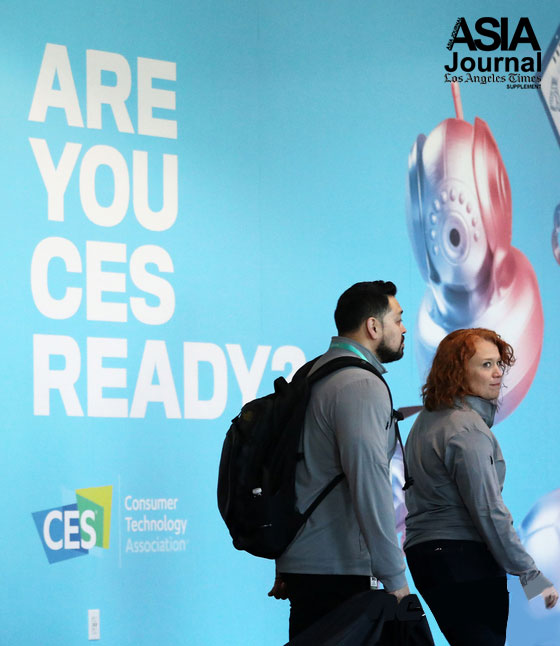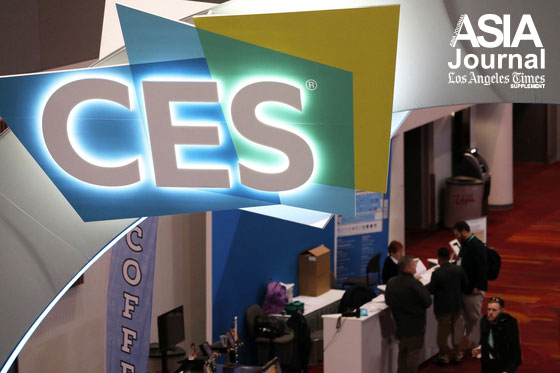At the beginning of each year, thousands of IT companies are showing their updated model in one of the largest exhibition, Consumer Electronics Show (CES). But do they respond to real consumers or wholesalers in this show? CES is an international exhibition of consumer electronics and technology in Las Vegas, which is organized by Consumer Technology Association (CTA). It creates a media frenzy because jaw-dripping devices using AI, IoT, 5G, BIg Data and other technologies are arranged. It is regarded as a stage that let people in the field share a powerful trend toward next-generation innovations before being introduced to the marketplace. But there is no consumer in this ‘Consumer’ Electronics Show, which is held in private and open to only people in the industry. Then what they are showing for whom?

Screenslavery is a growing concern in today’s society but AI technology would promote ‘techorating.’ The smart IT device bubble is about to burst. Constant upgrades have raised the prices of new technologies, we have hit a ceiling for new features that are being unused. Some famous companies have artificially pumped up the price of smart devices to point where users are not utilizing the new features. This strategy has created a bubble of expensive smart device and may backfire soon. The functionality of our smart devices is constantly increasing. That’s why we need more upgraded, high-end smart devices. There is no bubble in smart device prices, we simply get what we pay. For this reason, we need more sophisticated technology as time goes on. The bubble is fallacy, we are getting our money’s worth. The features on our smart devices are ever expanding. This is why we need our devices to be constantly improved. The price bubble for smart devices does not exist and the smart devices will be priced according to market demand.
Competition among East Asian companies was cutthroat at CES 2020. The governments of South Korea, China and Japan each supported companies participating in CES in different ways. More than 300 companies only from Korea participated this year. But just by encouraging companies, whose goal is to export their devices, to take part in the exhibition, can these companies obtain tangible achievements? What do small and medium-sized enterprises, in particular, gain by weighing in this ongoing bubble race of giant companies? Companies, regardless of their size, should no longer contribute to the growing of bubble. Besides, the government should provide more practice help to companies and support them to find their way into world market.
Sam Kim & Kayla Hong
Asia Journal
(Los Angeles Times Advertising Supplement)




